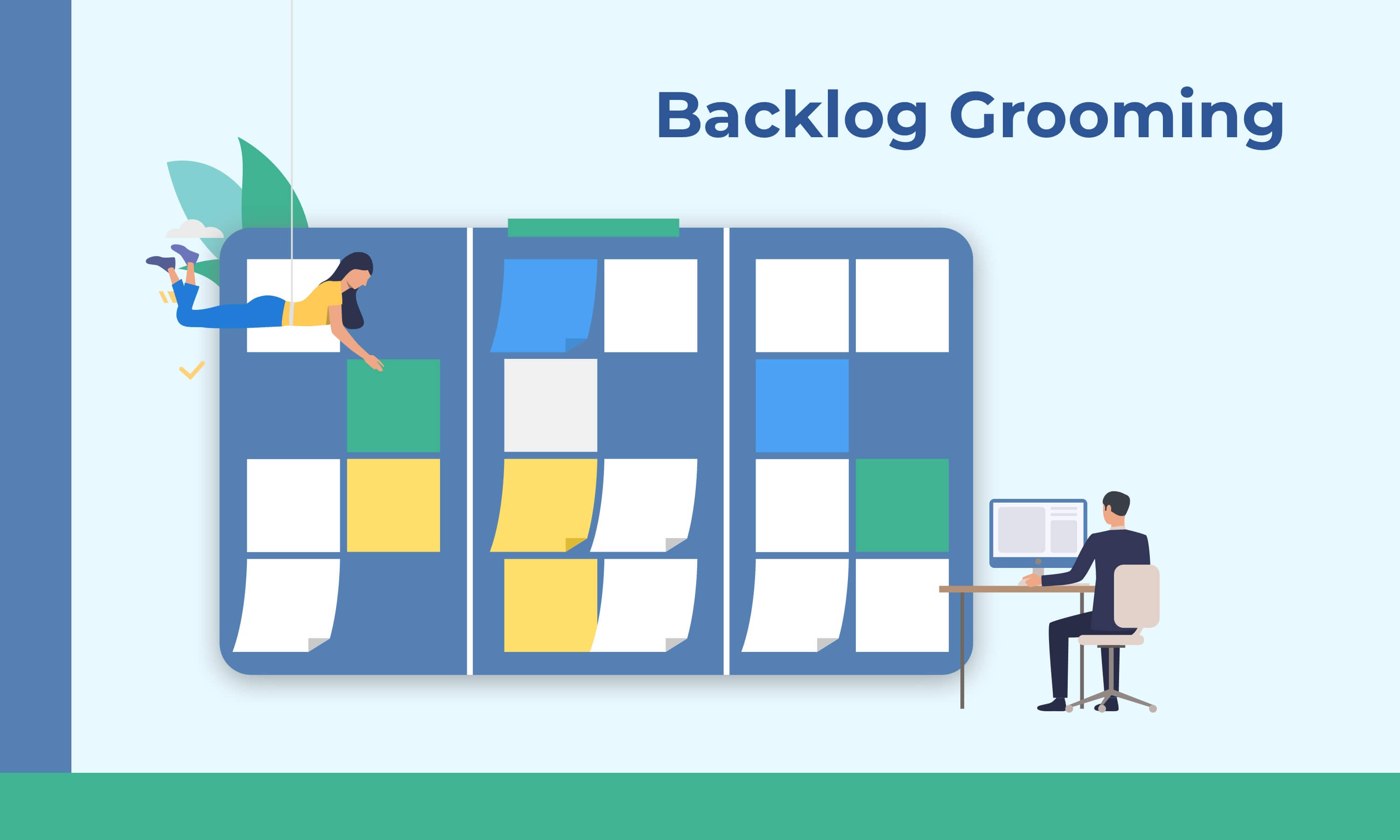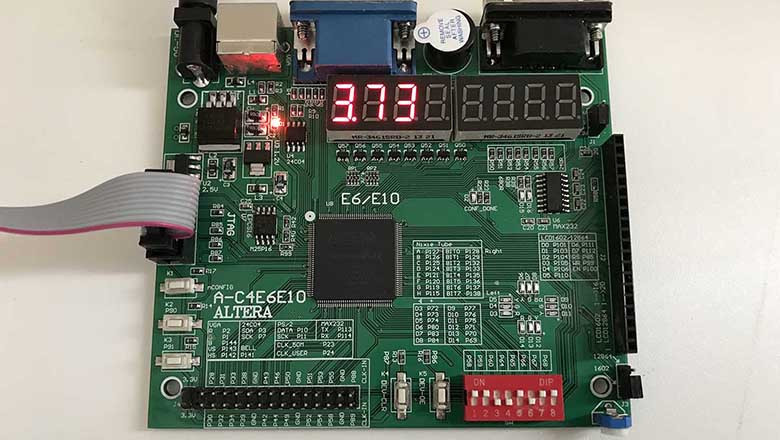
Designing a circuit that calculates integer cube root.
In this article I will make a circuit on Verilog HDL on FPGA which will calculate cube root from integer value.

Designing a circuit that calculates integer cube root.
In this article I will make a circuit on Verilog HDL on FPGA which will calculate cube root from integer value.

"Come, let us make bricks, and burn them thoroughly."
– legendary builders
You may have noticed by 2020 that data is eating the world. And whenever any reasonable amount of data needs processing, a complicated multi-stage data processing pipeline will be involved.
At Bumble — the parent company operating Badoo and Bumble apps — we apply hundreds of data transforming steps while processing our data sources: a high volume of user-generated events, production databases and external systems. This all adds up to quite a complex system! And just as with any other engineering system, unless carefully maintained, pipelines tend to turn into a house of cards — failing daily, requiring manual data fixes and constant monitoring.
For this reason, I want to share certain good engineering practises with you, ones that make it possible to build scalable data processing pipelines from composable steps. While some engineers understand such rules intuitively, I had to learn them by doing, making mistakes, fixing, sweating and fixing things again…
So behold! I bring you my favourite Rules for Data Processing Pipeline Builders.

We are proud to announce that we have built from ground up and released our high-quality (i.e. on par with premium Google models) speech-to-text Models for the following languages:
You can find all of our models in our repository together with examples, quality and performance benchmarks. Also we invested some time into making our models as accessible as possible — you can try our examples as well as PyTorch, ONNX, TensorFlow checkpoints. You can also load our model via TorchHub.


They say, each professional developer must have done at least three pet projects: a sophisticated logging utility, a smart json parser, and an amazing programming language. Once we have both logger and parser accomplished, we finally decided to reveal our desperate success in creation one of the most innovative programming languages named Silverfish.

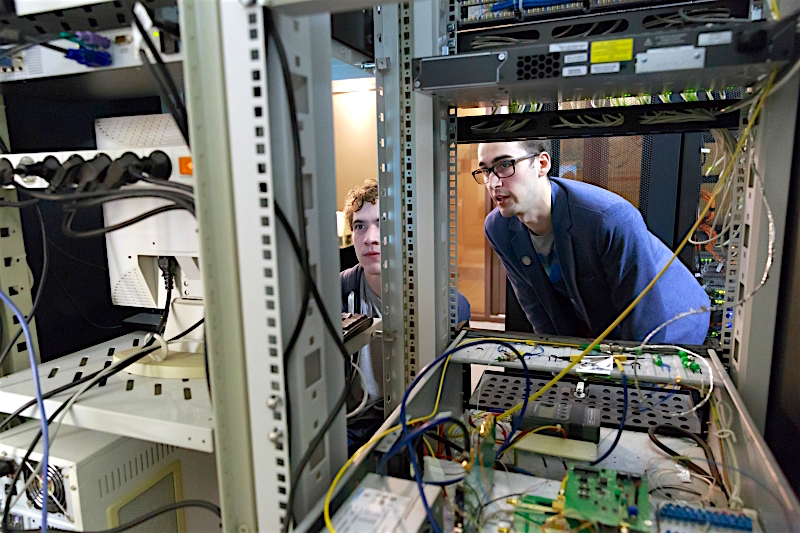

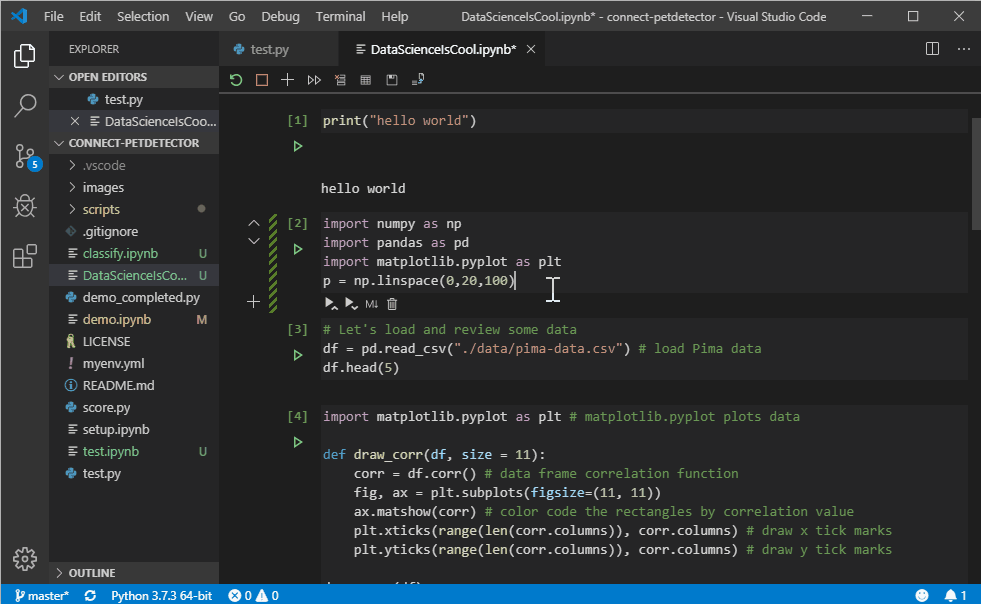
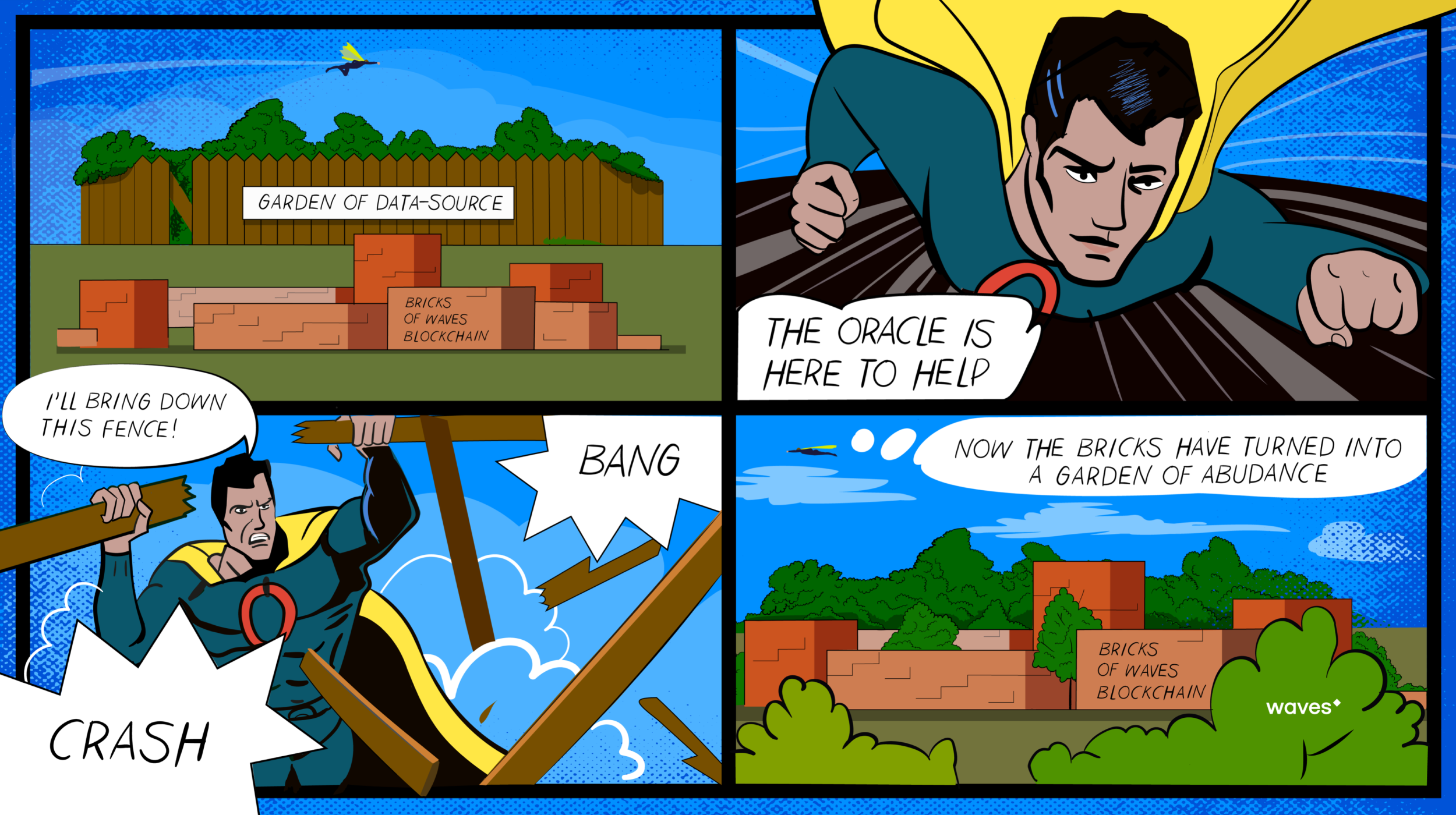



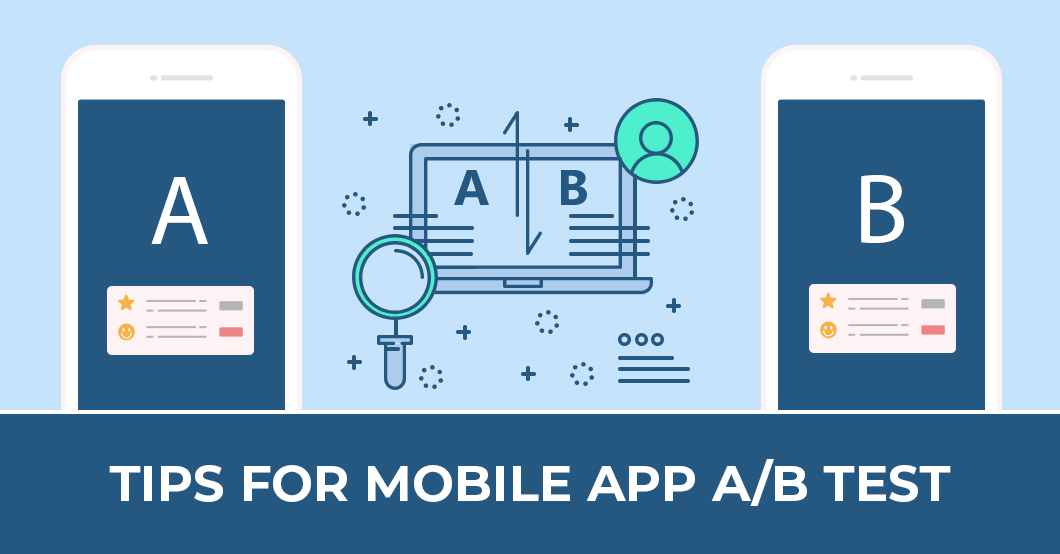
As per the latest stats reveal, there are more than 2.7 billion smartphone users globally and over 2.8 million apps on Google Play Store.
Now, it's a fact that the number of mobile users is increasing at outstanding speed, and so is the name of apps on Google Play Store.
But does all the apps success to make a difference? No, but just a handful of having stood out and gain popularity.
For instance, there are several games on the Play Store, but why only Candy Crush, Subway Surfers and Angry Birds topped the charts while the other games struggle for even ten downloads.
The trick is to provide the players with what they want, and in turn, the response for such apps is tremendous.
However, at this point, when the competition is very high, it's challenging to come up with something new that can stand out from the crowd.
It's crucial to create a brand name so that people can talk about it.

 Many programmers struggle when using formal methods to solve problems within their programs, as those methods, while effective, can be unreasonably complex. To understand why this happens, let’s use the model checking method to solve a relatively easy puzzle:
Many programmers struggle when using formal methods to solve problems within their programs, as those methods, while effective, can be unreasonably complex. To understand why this happens, let’s use the model checking method to solve a relatively easy puzzle:
